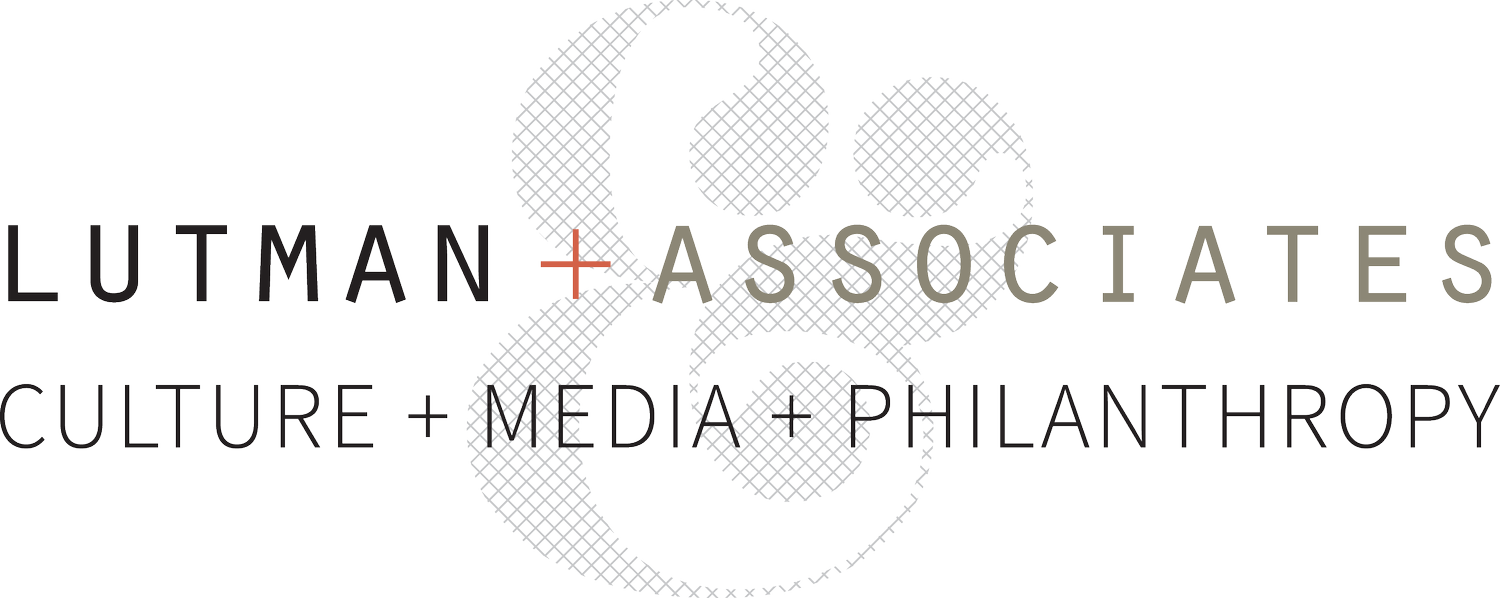This writing first appeared in the July issue of Twin Cities Business Magazine.
The philanthropic community is moving beyond simple feminism to ask fundamental questions about gender roles.
Riki Wilchins, executive director of TrueChild, is regularly in the Twin Cities to meet with philanthropy leaders and nonprofits to advance TrueChild’s advocacy for “gender transformative philanthropy.” In plain English that means asking the philanthropic sector to take a leadership role in challenging rigid masculine and feminine norms through their grantmaking programs and practices. TrueChild conducts research—and amplifies the work of other scholars—to document and highlight the damage done in areas like education, employment and interpersonal relationships. I attended a recent half-day workshop with Wilchins sponsored by the George Family Foundation, and came away with new insights.
The George Family Foundation (GFF) has a history of interest in funding for women and girls’ programming including grants for leadership development, anti-sex-trafficking efforts and reproductive rights. GFF is trying to learn from Wilchins’ work and that of other social scientists who specialize in gender norms, says executive director Gayle Ober. “As we look at two of our emerging funding areas (advancing women and girls, and youth development), we realized we wanted to learn as much as we could about these two very broad fields before we settled on our grantmaking strategies. While race, ethnicity, education level and socio-economic status get a lot of attention, the full palette of gender doesn’t. We consider women/girls or men/boys, but not always how gender in all its forms influences us as individuals and as a society.”
Advocates believe that gender must be viewed along a broad continuum, and that gender norms are as much socially constructed as biologically innate. While the feminist movement has expanded opportunities for women and girls’ empowerment, Wilchins’ advocacy for “gender transformation” goes much further. She says that when grantmakers merely “apply a gender lens” to help ensure gender equality, they are failing to address how rigid ideals of femininity and masculinity negatively impact people and society. It is not enough to promote equal opportunity or to support women’s empowerment programs. It is necessary to challenge the norms that keep women—and men—from achieving their full potential, by embracing the idea of gender as a continuum.
As background Wilchins offers the 2013 World Bank study that interviewed 4,000 people in 20 countries to identify obstacles to progress in women’s rights. The report, On Norms and Agency, was the result of what the study calls “the largest dataset ever collected on the subject of gender and development, providing an unprecedented opportunity to examine potential patterns across communities on social norms and gender roles, pathways of empowerment, and factors that drive acute inequalities.”
Its conclusions both ring true and identify challenging obstacles. “Despite diverse social and cultural settings, traits and expectations of the ideal ‘good’ woman and ‘good’ man were remarkably similar across all sample urban and rural communities. Participants acknowledged that women are actively seeking equal power and freedom, but must constantly negotiate and resist traditional expectations about what they are to do and who they are to be. When women achieve the freedom to work for pay or get more education, they must still accommodate their gains to these expectations, especially on household responsibilities.” The study further concludes that when a small number of women break with established norms, with no critical mass, traditional norms will remain uncontested and may in fact be reinforced.
The Women’s Foundation of Minnesota is one local philanthropy engine that has fully embraced Wilchins’ work and changed its grant guidelines and grantmaking as a result. In its State of the Foundation report for 2015, Lee Roper-Batker, president, says that a key question in its work is “How do concepts of masculinity and femininity serve as barriers to women and girls—and men and boys—and what will we do to change it?” She also cited a 2014 grant to Hnub Tshiab: Hmong Women Achieving Together, through which the foundation provided funds that helped this group “confront gender norms within their community.” She described Hnub Tshiab’s approach as unique: Project leaders worked with male clan elders to facilitate discussions about why gender equality is important to girls and women and benefits women and men.
TrueChild is presenting workshops at major philanthropic conferences and at smaller gatherings like the recent one in Minneapolis. At the local meeting, a particular emphasis was on programs that reach adolescents during the vulnerable early-teen years when gender identity is being established.
A few things struck me about the dialogue at Wilchin’s local workshop. First is that a broader definition of gender equity seems like a needed evolution in our thinking about personal freedom and the empowerment of individuals. Second, the conversation about gender transformation brings into focus the many ways gender stereotypes are constantly reinforced in media and communications. Finally, gender stereotyping is not a cycle that will be easy to break; religious, cultural and family traditions, ideals and norms around gender are a defining part of our social fabric. But must it be so? That’s the question Wilchins asks us to consider.
Sarah Lutman is a St. Paul-based independent consultant and writer for clients in the cultural, media and philanthropic sectors.
